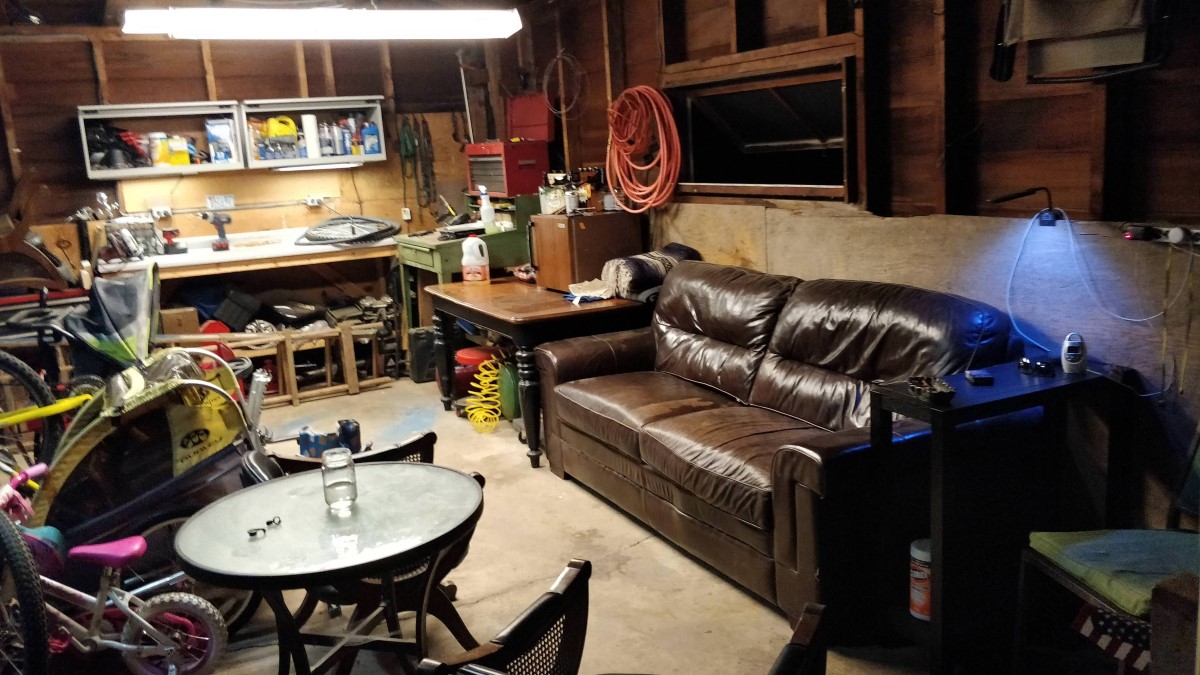

Articles
How To Store A Couch In A Garage
Modified: May 6, 2024
Learn how to store your couch in a garage with these helpful articles. Find tips and tricks to maximize space and protect your furniture.
(Many of the links in this article redirect to a specific reviewed product. Your purchase of these products through affiliate links helps to generate commission for Storables.com, at no extra cost. Learn more)
Introduction
Welcome to the world of practical and efficient home storage solutions! Whether you’re downsizing, moving, or simply need extra space, storing furniture in your garage can be a convenient option. In this article, we will guide you through the process of safely and effectively storing a couch in your garage.
Storing a couch in your garage requires proper preparation and careful consideration to ensure its preservation and protection. From clearing and preparing the space to taking necessary steps to safeguard the couch, we will cover everything you need to know to successfully store your couch in your garage.
Before we dive into the details, it’s important to note that not all couches are suitable for garage storage. If your couch is extremely valuable, fragile, or susceptible to damage from temperature fluctuations or pests, it is advisable to seek professional storage options. However, for standard couches that can withstand garage conditions, the following steps will help you store them safely.
Key Takeaways:
- Properly preparing and cleaning your couch before storing it in the garage is essential for maintaining its condition. Clear the space, clean the couch, and consider disassembling it for efficient and secure storage.
- Regular monitoring and strategic placement of your stored couch in the garage are crucial for preventing damage and preserving its quality. Elevate the couch, monitor for pests, and ensure proper air circulation to maintain its longevity.
Read more: How To Store A Couch
Clearing and Preparing the Space
The first step in storing a couch in your garage is to create a clean and organized space for it. Start by thoroughly clearing out any clutter or items that may hinder the placement of the couch. This includes removing any tools, equipment, or other belongings that occupy the area where you plan to store the couch.
Next, assess the available space in your garage and determine the ideal location for the couch. Consider factors such as accessibility, visibility, and protection from potential damage. Ideally, choose a spot that is away from direct sunlight, dampness, and potential sources of moisture, such as leaky pipes or windows.
Once you have selected the spot, clear the area and clean it thoroughly. Sweep or vacuum the floor to remove any dust, dirt, or debris. Use a mild detergent and warm water to wipe down the walls and remove any stains or marks that may transfer onto the couch.
It’s also a good idea to inspect the space for any signs of pests, such as insects or rodents. If you spot any, take necessary steps to eliminate them before storing the couch. You can use pest control products or consult a professional if needed.
To further protect the couch and prevent it from coming into contact with the floor, consider placing a tarp, plastic sheeting, or a drop cloth on the ground. This will provide an additional barrier against dirt, dust, and moisture.
By clearing and preparing the space beforehand, you create a clean and suitable environment for storing your couch in the garage. This not only helps maintain the couch’s condition, but also makes it easier to retrieve and reposition it when needed.
Cleaning and Preparing the Couch
Before storing your couch in the garage, it is important to thoroughly clean and prepare it to keep it in good condition throughout its storage period. Dust, dirt, and stains can accumulate over time and potentially damage the fabric or upholstery.
Start by vacuuming the couch to remove loose debris, crumbs, and pet hair. Use a soft brush attachment to gently clean all surfaces, including the seat cushions, backrest, and armrests. This will help minimize the presence of any dirt or allergens that may attract pests or cause unpleasant odors during storage.
If there are any visible stains on the couch, treat them as soon as possible using appropriate cleaning methods. Consult the manufacturer’s guidelines or seek professional advice for specific instructions on how to clean the fabric or upholstery material.
In addition, consider applying a fabric or upholstery protector to guard against spills, stains, and fading. This can help prolong the lifespan of your couch and keep it looking new even after prolonged storage.
Another important aspect of preparing the couch is to remove any detachable parts or accessories. Take off the cushions, pillows, or any loose covers that can be removed. This will not only help reduce the bulkiness of the couch but also minimize the risk of damage or deformation during storage.
Remember to keep all the removed parts and accessories together in a labeled bag or container to ensure they are easily accessible when you need to reassemble the couch later.
By cleaning and preparing your couch before storing it in the garage, you minimize the risk of dirt, stains, and pests causing damage or deterioration. A well-maintained couch will remain in better condition and be ready for use when you decide to retrieve it from storage.
Disassembling the Couch (if Necessary)
In some cases, disassembling the couch can make storage and transportation easier and more efficient. If your couch has modular or detachable components, such as removable legs, cushions, or sectional pieces, it may be wise to disassemble them before storing.
Start by removing any cushions or pillows from the couch. Place them in a clean and dry area, ensuring they are protected from dust and moisture.
If your couch has removable legs, unscrew them carefully using the appropriate tools. Place the legs in a labeled bag or container to keep them organized and easily accessible when needed.
For sectional couches, follow the manufacturer’s instructions on how to detach the individual pieces. Take note of any connectors or hooks that hold the sections together, and carefully disconnect them. Once the sections are separated, wrap them individually in protective materials.
Disassembling the couch not only makes it easier to maneuver and transport but also reduces the risk of damage during storage. It allows you to maximize the available space in your garage and provides a more secure placement for each component of the couch.
Remember to keep all the disassembled parts together, label them accordingly, and store them in a designated area. This will ensure that everything is kept organized and easily accessible when you need to reassemble the couch in the future.
If you are uncertain about disassembling your couch or need assistance, consult the manufacturer’s guidelines or reach out to a professional for guidance. They can provide expert advice on the best approach to disassembling and reassembling your specific couch model.
By disassembling the couch (if necessary), you can make the storage process more efficient and minimize the risk of damage or difficulty in maneuvering the couch into your garage.
Wrapping the Couch in Protective Materials
Once your couch is cleaned, prepared, and, if necessary, disassembled, it’s time to wrap it in protective materials. This step is crucial to safeguarding the couch from dust, dirt, scratches, and potential damage during its time in storage.
Begin by covering the entire couch with a large plastic wrap or furniture cover. This will act as the first line of defense against dust and moisture. Ensure that the plastic wrap completely encloses the couch, leaving no exposed areas.
Next, consider adding an extra layer of protection by using moving blankets or furniture pads. These thick, padded materials offer cushioning and shielding against potential impacts and scratches. Wrap the blankets or pads tightly around the plastic-wrapped couch, securing them with tape or straps.
Pay special attention to any exposed corners or unprotected areas, as they are more susceptible to damage. You can use extra padding or corner protectors to reinforce these vulnerable spots and prevent any accidental bumps or dings.
If you have disassembled the couch, wrap each individual component separately to protect them from rubbing against each other or other objects during storage. Ensure that each part is securely wrapped and labeled to avoid confusion when you need to reassemble the couch later.
Finally, use stretch wrap or additional plastic wrap to secure the protective layers in place. This will prevent them from slipping or coming loose during the storage period.
By wrapping your couch in protective materials, you create a barrier that shields it from dust, dirt, moisture, and potential damage. With proper wrapping, you can have peace of mind knowing that your couch is well-protected and ready to withstand its time in the garage.
To store a couch in a garage, first clean and vacuum it thoroughly. Then, cover it with a breathable, waterproof cover to protect it from dust and moisture. Finally, elevate it off the ground using pallets or blocks to prevent damage.
Read more: How To Store Nugget Couch
Moving the Couch into the Garage
With your couch securely wrapped and protected, it’s time to move it into the garage. This step requires some careful planning and consideration to ensure a smooth and problem-free transition.
First, gather a team of helpers to assist in lifting and maneuvering the couch. Depending on its size and weight, you may need two or more individuals to safely carry it. Communicate with your team to establish clear instructions and ensure everyone is on the same page.
Before attempting to move the couch, measure the dimensions of the garage entrance to ensure it will fit through the door and any narrow spaces. Consider any staircases, tight corners, or obstacles that may pose a challenge during the moving process.
If necessary, temporarily remove any obstacles or rearrange furniture in the garage to create a clear pathway for the couch. This will make it easier to navigate and prevent any accidental damage to other belongings.
When lifting the couch, use proper lifting techniques to avoid straining your back or causing injury. Bend your knees, keep your back straight, and lift with your legs to distribute the weight evenly.
Slowly and carefully maneuver the couch through the entrance and into the garage, taking caution to avoid hitting walls or other surfaces. Communicate with your team to ensure a smooth and coordinated movement.
If you encounter any difficulties or the couch is too heavy to be lifted safely, consider using furniture sliders or a dolly to transport it. These tools can make the moving process much easier and reduce the risk of injury.
Once inside the garage, place the couch in the predetermined location that you cleared and prepared earlier. Take care to avoid any areas prone to dampness or potential sources of damage, such as leaky pipes or windows.
By carefully moving the couch into the garage, you ensure a safe and secure placement for its storage. Take your time, plan ahead, and enlist the help of others to make the process smoother and more efficient.
Placing the Couch in a Secure Location
Now that your couch is safely inside the garage, it’s essential to find a secure location to place it. Positioning the couch properly will help prevent any damage or shifting during storage and ensure its longevity.
If possible, try to elevate the couch off the ground to avoid any potential moisture or pest issues. You can place it on sturdy wooden pallets or furniture risers to create an elevated platform. This will provide an extra layer of protection against dampness and improve air circulation around the couch.
When determining the location, consider the layout and structure of your garage. Avoid placing the couch near areas prone to moisture, such as windows or doors. Opt for a spot that is away from any potential sources of water, such as leaky pipes or roof leaks.
If your garage has a climate control system or dehumidifier, position the couch near it to ensure a more stable and controlled environment. This can help minimize the effects of temperature and humidity fluctuations on the couch.
Ensure that the couch is positioned securely and does not have the potential to tip over. If necessary, use furniture straps or bungee cords to anchor it to the wall or another stable surface.
Additionally, consider the accessibility of the couch in case you need to retrieve it in the future. Leave enough space around the couch to maneuver and access other items in the garage without any obstacles.
Lastly, if you have disassembled any parts of the couch, store them nearby or in labeled containers to ensure easy access when you need to reassemble the couch later.
By placing your couch in a secure location, you minimize the risk of damage from moisture, pests, or accidental movement. Taking the time to position it properly will contribute to the longevity and preservation of your couch during its time in storage.
Monitoring the Couch for Any Signs of Damage or Pests
While your couch is in storage in the garage, it’s important to regularly monitor it for any signs of damage or pest infestation. By staying vigilant and addressing any issues promptly, you can ensure the long-term preservation and quality of your couch.
Check the couch regularly for any visible damage or wear. Inspect the upholstery for tears, stains, or signs of mold or mildew. Look for any structural issues, such as loose screws or sagging cushions. Address any issues immediately to prevent further deterioration.
Keep an eye out for any signs of pests, such as insects or rodents. Look for droppings, gnaw marks, or evidence of nesting. If you notice any of these signs, take necessary steps to eliminate the pests and prevent further damage to the couch.
Assess the surrounding environment for any changes or potential risks. Check for moisture or humidity levels, as excessive dampness can lead to mold or mildew growth. Ensure that there are no leaking pipes, roof leaks, or other sources of water that could potentially damage the couch.
Regularly inspect the protective coverings and wrapping materials to ensure they are intact and providing adequate protection. If you notice any damage or signs of wear, replace them as necessary to maintain the couch’s protection.
Consider conducting a periodic cleaning of the garage space to prevent the buildup of dust, dirt, or pests. This will help maintain a clean and safe environment for your couch and prevent any potential damage or infestation.
If you live in an area with extreme temperature fluctuations, periodically check the garage for any condensation or moisture buildup. Moisture can lead to mold, mildew, or other forms of damage. Use dehumidifiers or other methods to regulate the humidity levels if necessary.
By monitoring the couch for any signs of damage or pests, you can catch and address issues early on, ensuring the longevity and quality of your stored couch. Regular inspections and prompt action will help preserve your couch and maintain its pristine condition until you’re ready to use it again.
Tips for Storing Other Furniture in the GarageStoring furniture in the garage can be a practical solution to free up space in your home. If you’re considering storing other furniture items in your garage, here are some useful tips to ensure their safekeeping:
- Clean and prepare: Just like with a couch, it’s important to clean and prepare the furniture before storing it. Dust, vacuum, and wipe down each item to remove any dirt or debris. Apply appropriate cleaning agents for specific material types, such as wood or upholstery.
- Disassemble if possible: If the furniture can be disassembled, take advantage of this to save space and prevent damage during storage. Remove any detachable parts and store them together with the necessary hardware in a labeled bag or container.
- Wrap and protect: Use the same wrapping and protective measures as with the couch. Cover the furniture with plastic wrap or furniture covers to shield them from dust, dirt, and potential scratches. Add additional padding with moving blankets or furniture pads for extra protection.
- Elevate: Consider elevating furniture off the ground to avoid moisture issues. Use wooden pallets or furniture risers to create an elevated platform. This helps protect against dampness and potential pest infestations.
- Proper placement: Position the furniture strategically, taking into account factors such as accessibility and protection from potential sources of damage. Keep valuable or fragile items away from areas prone to moisture or temperature fluctuations.
- Monitor regularly: Continuously monitor the stored furniture for any signs of damage, pests, or environmental changes. Conduct periodic inspections, address any issues promptly, and make necessary adjustments to the storage conditions.
- Maximize space: Organize the furniture in a way that maximizes the available space in your garage. Utilize vertical space by stacking or arranging items efficiently. Consider investing in storage solutions, such as shelving units or hanging racks, to optimize space utilization.
- Air circulation: Ensure proper air circulation within the garage by leaving some space between furniture items. This promotes ventilation and helps prevent the buildup of moisture or musty odors.
- Protect against pests: Take preventive measures against pests by ensuring the garage is free from food crumbs, keeping the area clean and dry, and using pest deterrents like traps or repellents if necessary.
Remember that not all types of furniture are suitable for long-term storage in a garage. If you have valuable or delicate items, consider professional storage options or climate-controlled facilities that provide optimal conditions for preserving furniture.
By following these tips, you can safely store other furniture items in your garage and maximize the available space while protecting them from damage or deterioration.
Read more: How To Store A Couch In A Storage Unit
Conclusion
Storing a couch or any other furniture in your garage can be a practical and efficient solution to create more space in your home. By following the steps outlined in this article, you can ensure that your couch is stored safely and securely, ready for when you need it again.
The process starts with clearing and preparing the space in your garage, creating a clean and organized area for the couch. Cleaning and preparing the couch itself is essential to maintain its condition during storage, including vacuuming, treating stains, and removing any detachable parts.
If necessary, disassembling the couch can make moving and storing it much easier and reduce the risk of damage. Wrapping the couch in protective materials, such as plastic wrap and blankets, adds an extra layer of defense against dust, dirt, and potential scratches.
When moving the couch into the garage, use proper lifting techniques and enlist the help of others to ensure a smooth and safe transition. Place the couch in a secure location, taking into consideration factors such as humidity, accessibility, and protection from pests.
Regular monitoring of the couch for any signs of damage or pests is crucial to addressing issues promptly and preserving its longevity. Additionally, the tips provided for storing other furniture in the garage can be applied to safeguard your valuable belongings properly.
Remember that while storing furniture in the garage can be a cost-effective solution, it may not be suitable for all types of furniture. Valuable or delicate items may require professional storage options or climate-controlled facilities to ensure their optimal preservation.
By following these guidelines and taking the necessary precautions, you can safely store your couch and other furniture in the garage, maximizing space while keeping your belongings protected for the long term.
Happy storing!
After mastering how to store your couch in the garage, why stop there? Enhance your space management skills with our guide on garage storage solutions. For those looking to tidy up indoor areas, our insights on office furniture storage options will prove invaluable. Don't let clutter take over; instead, learn effective garage organization strategies to keep everything neat and accessible.
Frequently Asked Questions about How To Store A Couch In A Garage
Was this page helpful?
At Storables.com, we guarantee accurate and reliable information. Our content, validated by Expert Board Contributors, is crafted following stringent Editorial Policies. We're committed to providing you with well-researched, expert-backed insights for all your informational needs.
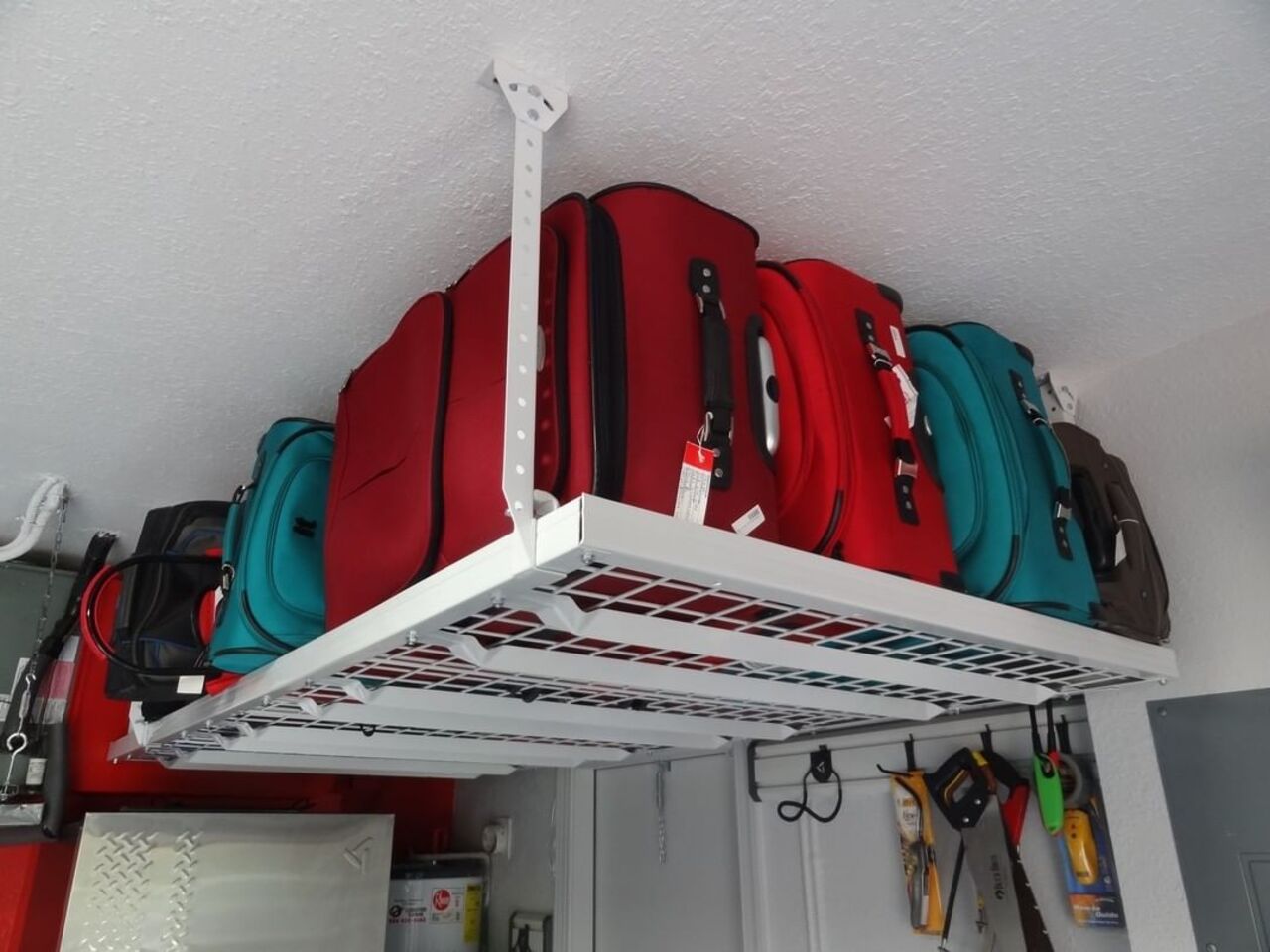
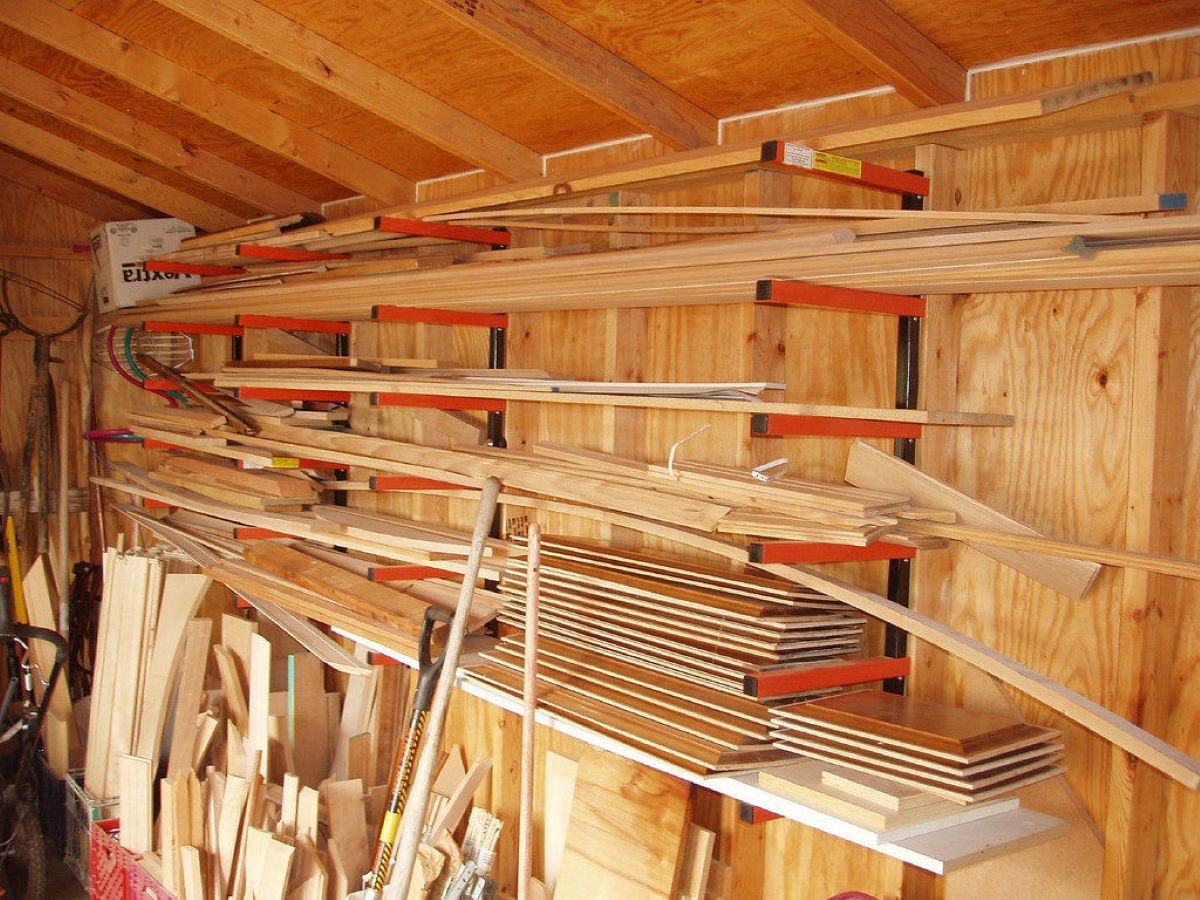
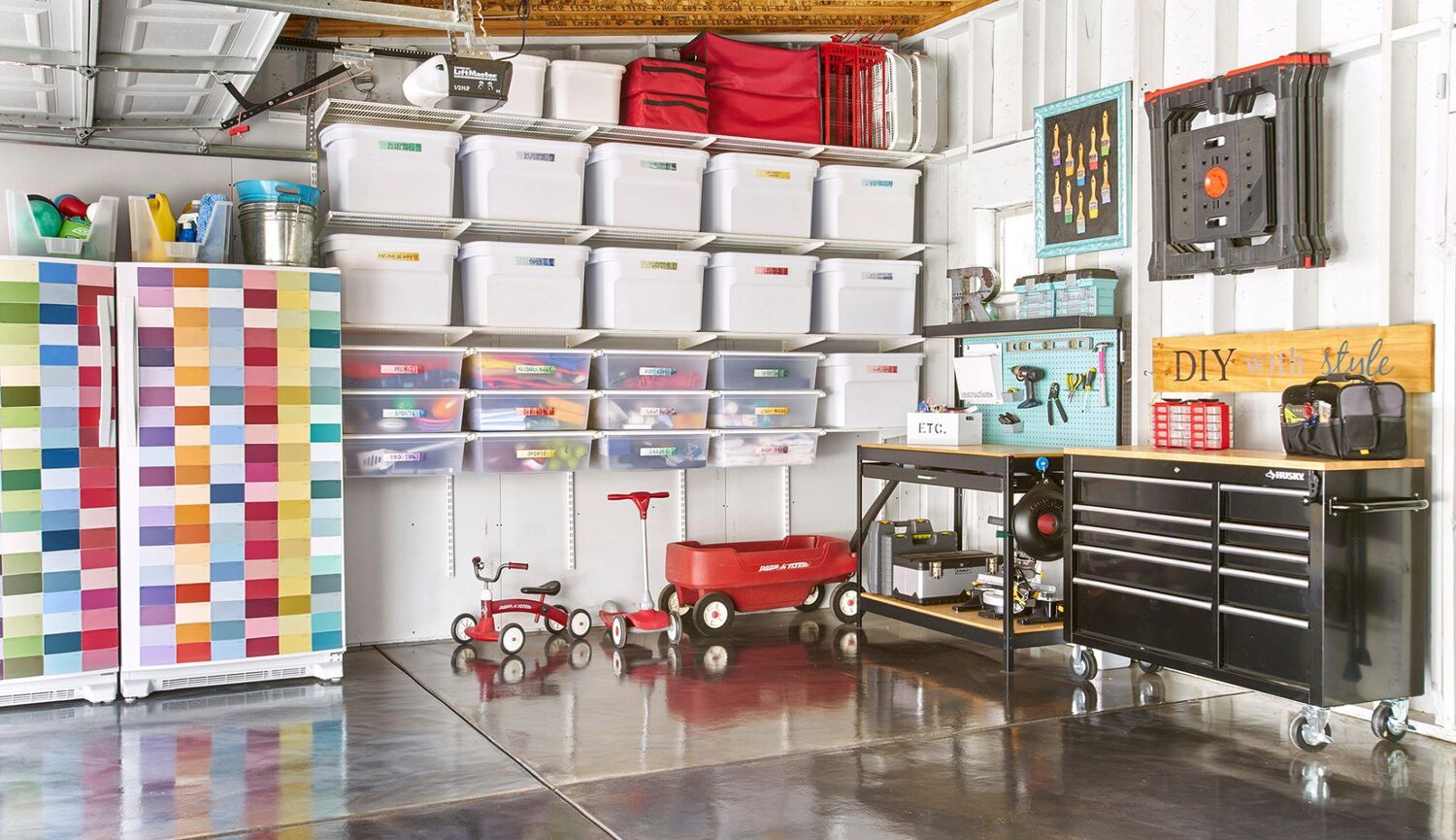
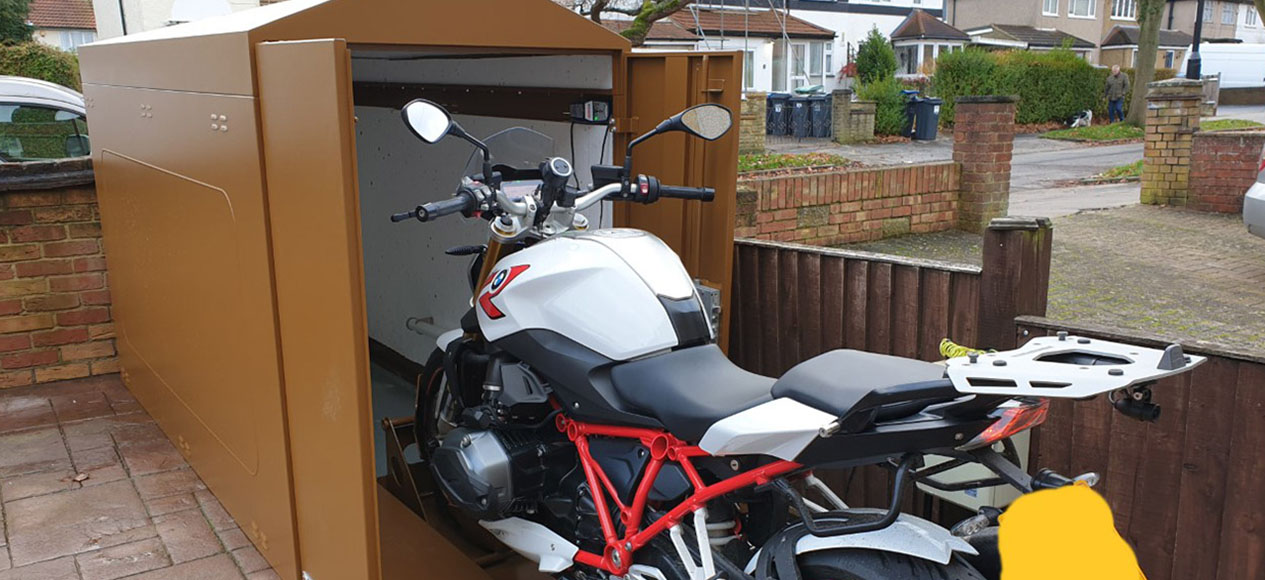
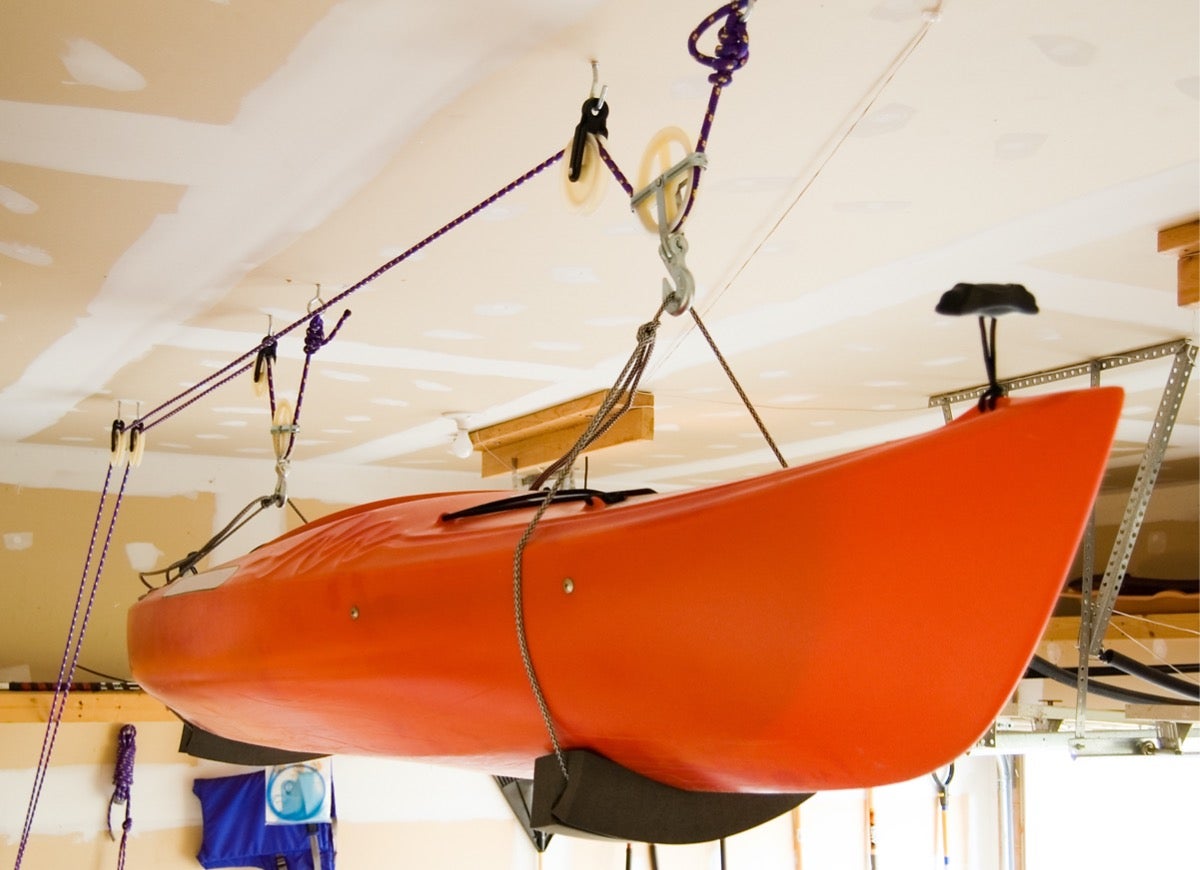
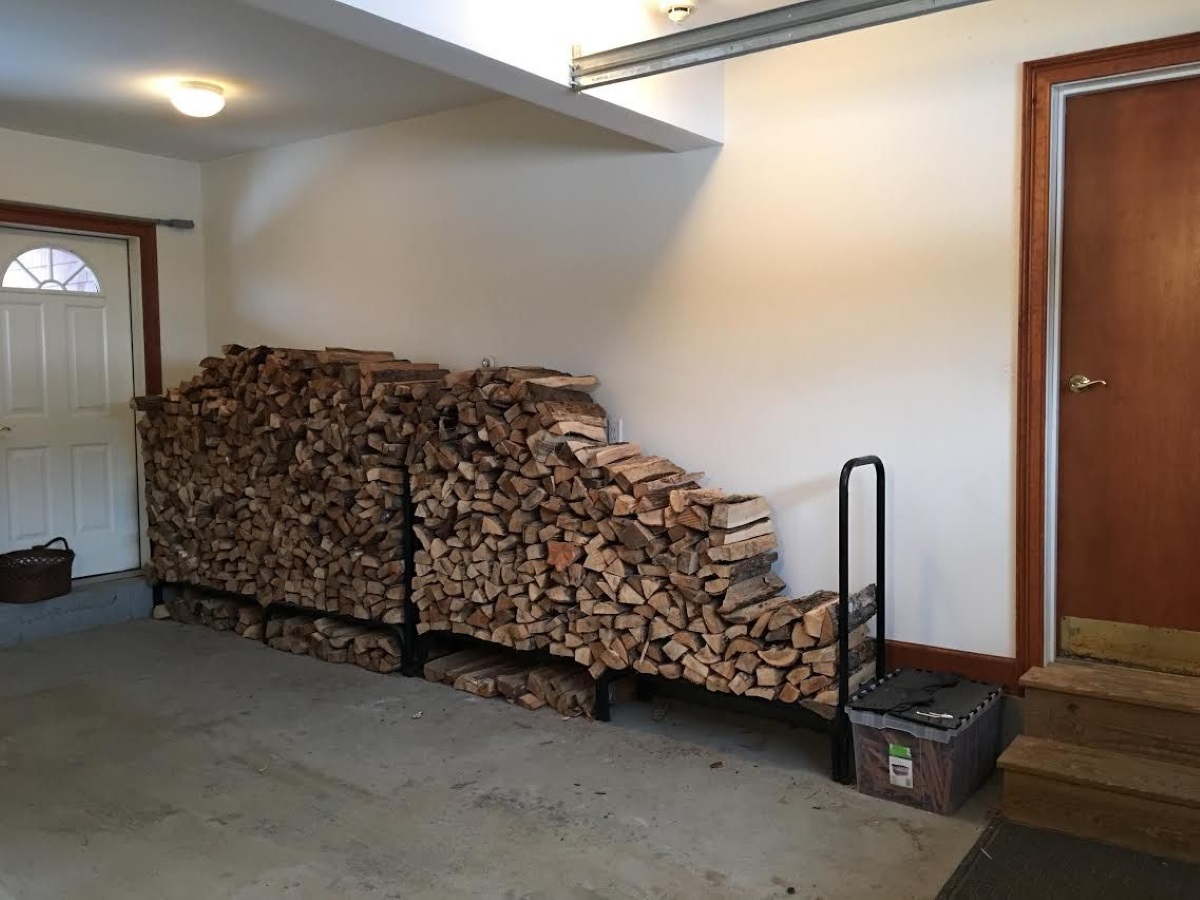

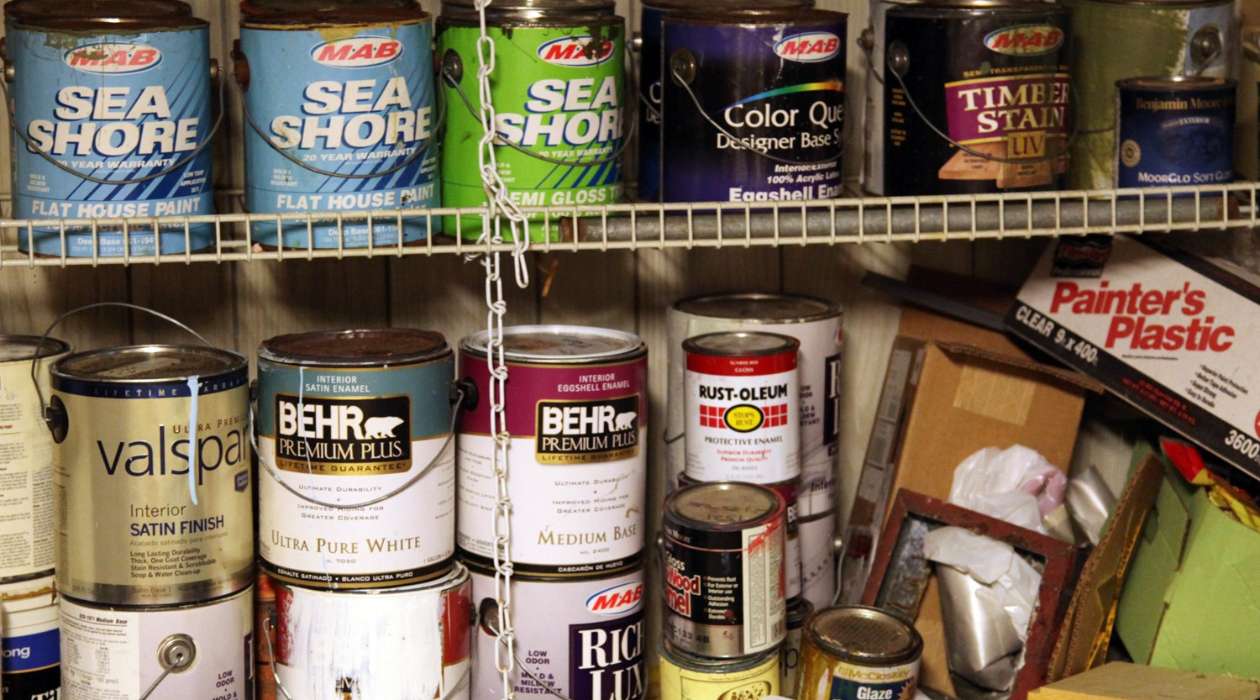
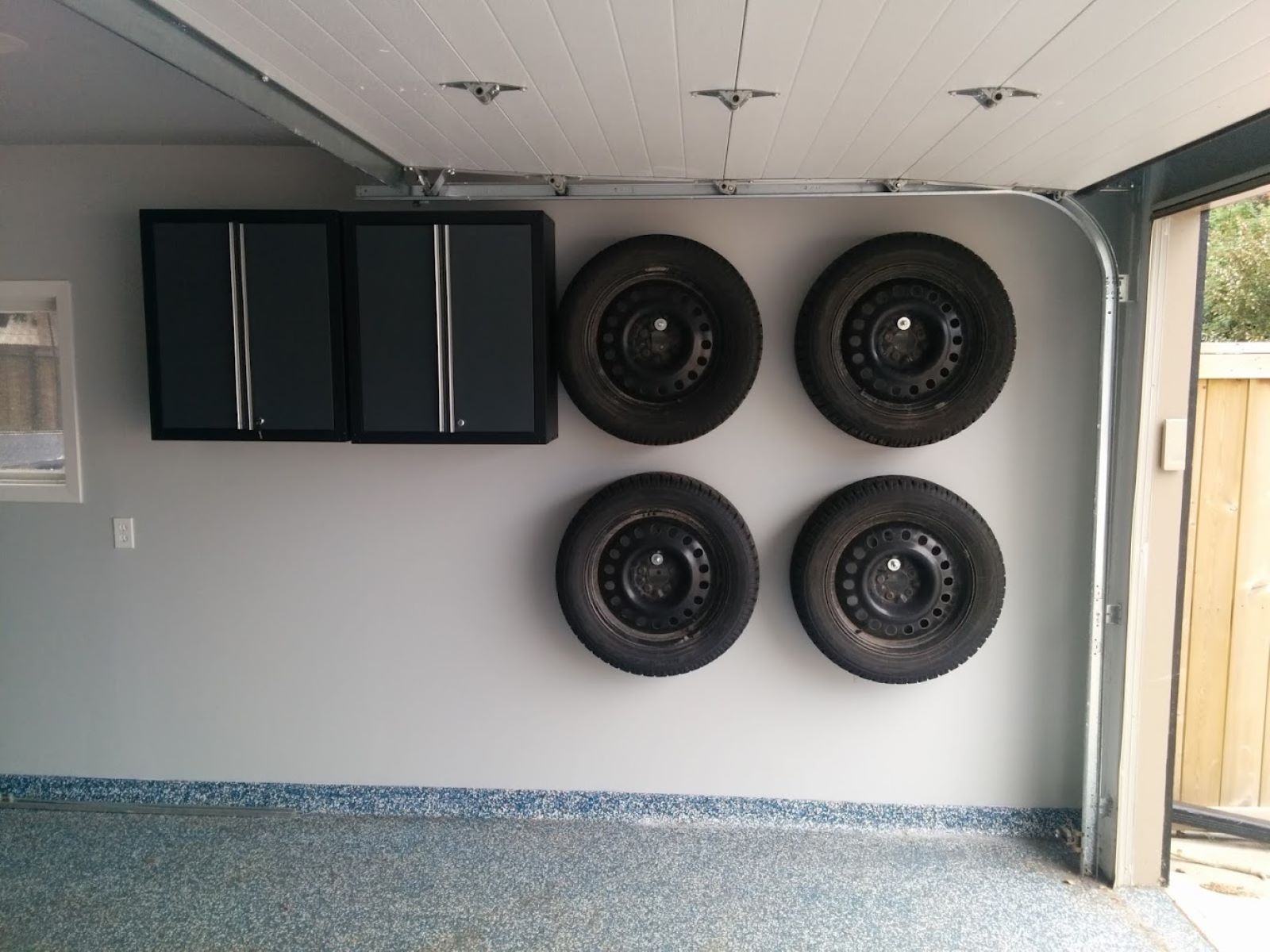
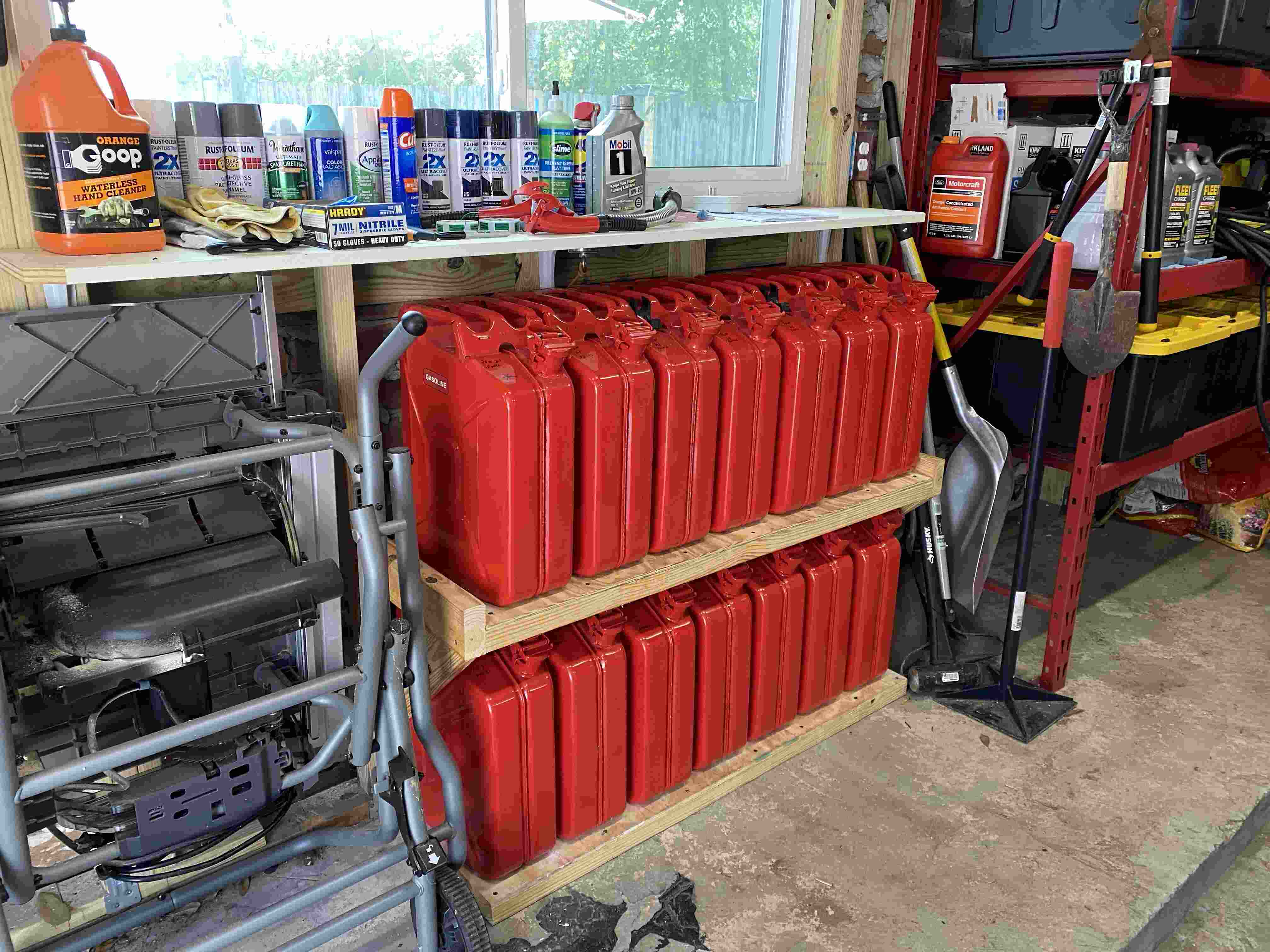
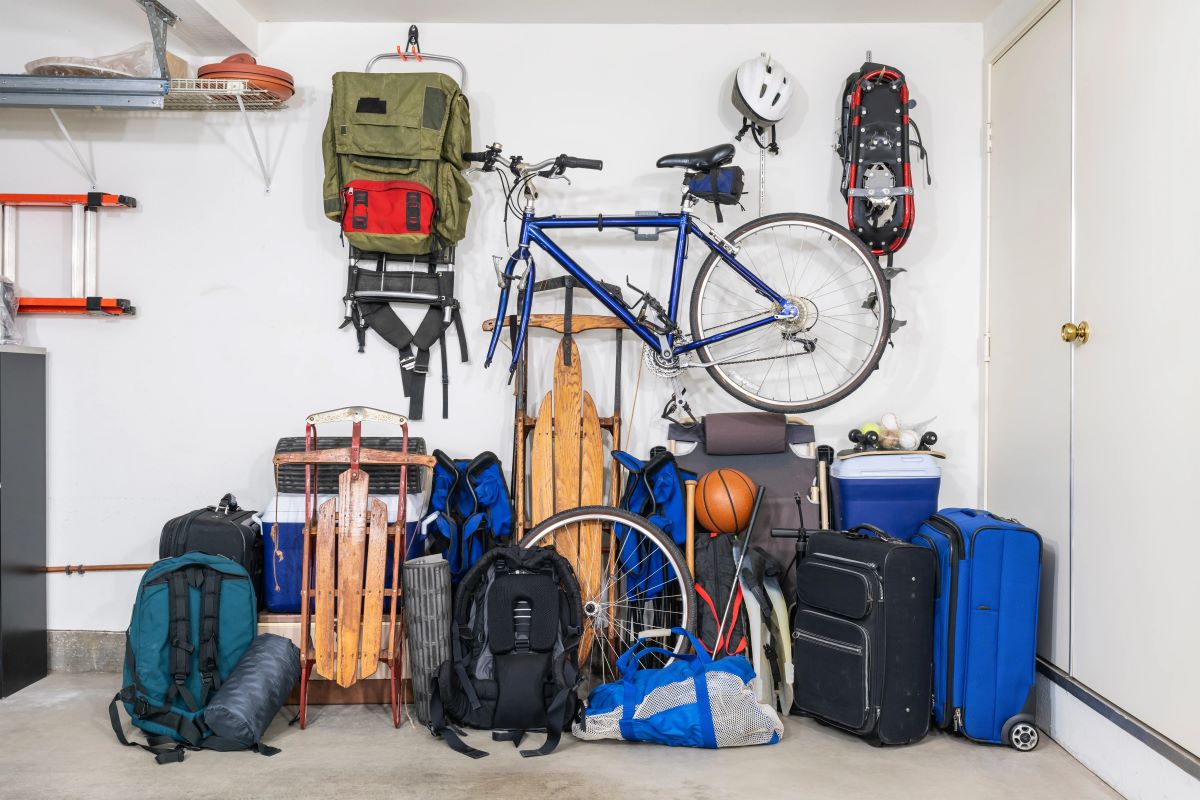
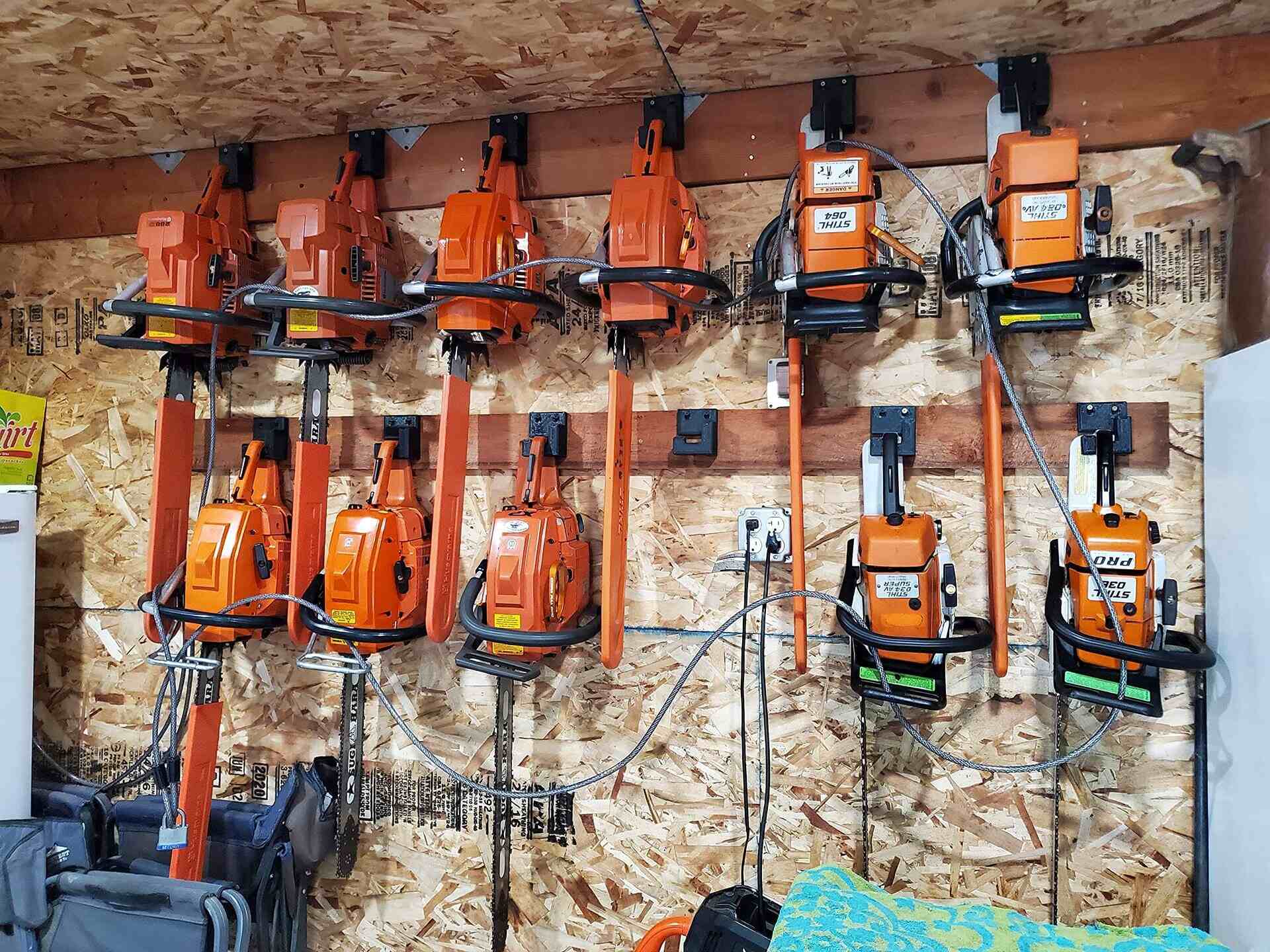
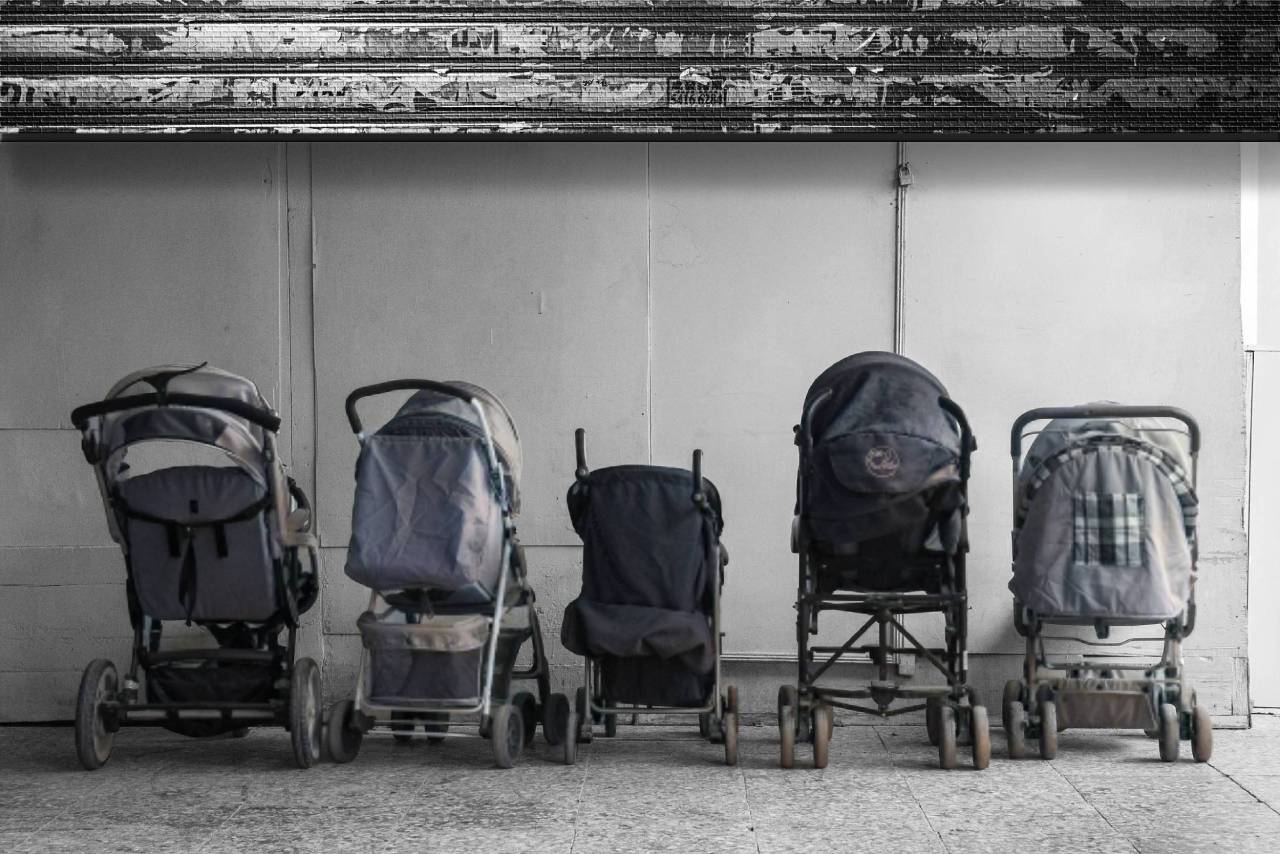

0 thoughts on “How To Store A Couch In A Garage”